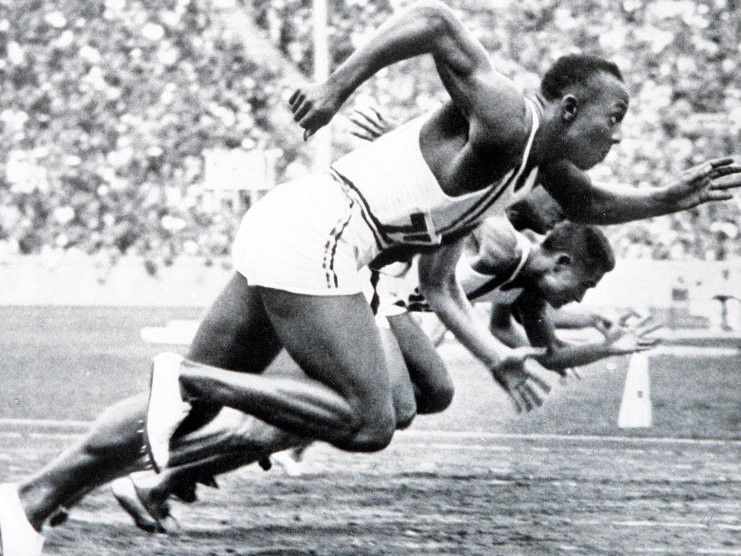Fastest Man On Earth- Evolution
They say the clock ticks faster with the passage of time and that's certainly been the case in the history of competitive running.
The fastest human in recorded history is set to retire next month after the 2017 World Championships, a premier track & field event held every other year.
Eight-time Olympic gold medalist Usain Bolt is the world's reigning champion in both the 100 and 200 meter sprints. The Jamaican-born speed machine first cracked the races at the 2008 Beijing games and has since accomplished a “triple double”, winning both events again in 2012 in London and 2016 in Rio de Janeiro.
30-year old Bolt also holds a “triple double” in the World Championships where he posted the all-time record for the 100 meter dash at 9.58 seconds.
Taking a snap shot of Bolt in action is like holding up a radar gun against the driving speed limit in most cities; his peak was 27.8 mph. But equally compelling is how much faster sprinters have become since the first modern Olympics took place in 1896.
Bolt’s Olympic record at the 100 meter competition was 9.63 seconds compared to Thomas Burke’s winning time of 12.00 seconds at the inaugural games 116 years earlier.
That 2.37 second gap, achieved over the course of 5 generations, is roughly equivalent to a 24.6 meter winning margin, or ¼ of the distance raced.
Do the same calculation for the 200 meter event- Bolt crossing the finish line in 19.3 seconds in 2008 and Walter Tewksbury claiming the race in 22.2 seconds at the Olympics in 1900- and the margin is smaller but still significant: Bolt leads by 30 meters in a 200 meter contest.
Between Bolt and his 19th and early 20th century counterparts, a parade of explosive sprinters have left their marks in the annals of running, inching ever closer to the speed master’s record.
American track champion Jesse Owens (photo above), famous for debunking Hitler’s myth of the superior Aryan race at the games in Germany, took first place in the 100 meter race at the 1936 Olympics, clocking 10.3 seconds.
Thirty two years later, Jim Hines became the first athlete to run the quadrennial event under 10 seconds, coming in with a time of 9.95 at the 1968 Olympics in Mexico City.
Three decades on, Canada’s Donovan Bailey pulled 9.84 at the Atlanta games in 1996 and held it until Usain Bolt burst on the scene.
Not surprisingly, improvements over the years in training, technique and nutrition were key factors in making the fastest go even faster. Turning sports into science also brought out new revelations about speed fundamentals on the track.
The Caribbean superstar hits the ground harder and releases quicker than his competitors. His long-legged strides complete the 100 meter race in 41 steps compared to 45 for his rivals.
Bolt reaches top speed around the 70 meter mark before starting to decelerate; it’s the sprinters who are able to decelerate the slowest that end up being the fastest.
No doubt, Bolt will be succeeded one day by another runner but in the meantime, can the track icon push history further for a “quadruple double” next month ?










